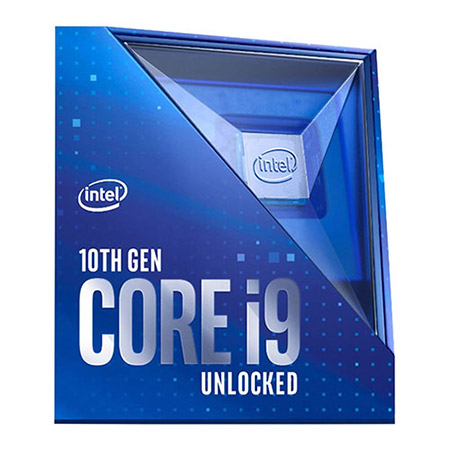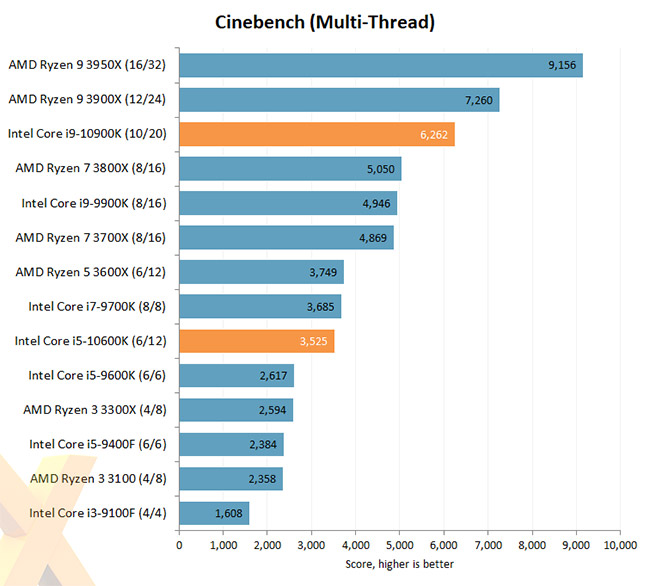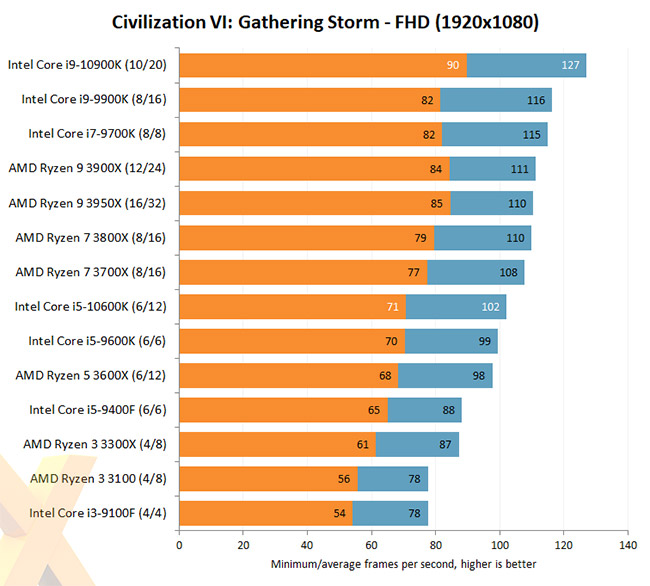Our Aim
To provide you with an overview on New And existing technologies, hopefully helping you understand the changes in the technology. Together with the overviews we hope to bring topical issues to light from a series of independent reviewers saving you the time And hassle of fact finding over the web.
We will over time provide you with quality content which you can browse and subscribe to at your leisure.
TekSpek 's

Intel 10th Gen processors
Date issued:
Intel Comet Lake Processors
Intel is today launching a wide range of 10th Gen Core processors that have previously been known by the Comet Lake S codename. Headline features over 9th Gen Core include more cores, higher frequencies, greater levels of cache, faster memory speeds, and hyperthreading across the entire stack.
The underlying architecture is ostensibly the same as 9th Gen, which in turn can trace direct origins all the way back to the Skylake generation of 2015. Intel's well-documented problems in shifting on over to a space- and energy-saving 10nm process for the bulk of its chips forces 10th Gen desktop to persevere with a refined 14nm process.
Nevertheless, the new Core family makes a lot more sense from a core-and-thread count point of view, and compares well against current AMD competition.
| Model | Cores/Threads | Base Freq | Boost Freq | Smart Cache | TDP | Included cooler | SEP (USD) | Availability |
|---|---|---|---|---|---|---|---|---|
| Core i9-10900K | 10/20 | 3.7GHz | 5.2GHz | 20MB | 125W | No | $488 | May 20, 2020 |
| Core i7-10700K | 8/16 | 3.8GHz | 5.1GHz | 16MB | 125W | No | $374 | May 20, 2020 |
| Core i5-10600K | 6/12 | 4.1GHz | 4.8GHz | 12MB | 125W | No | $262 | May 20, 2020 |
| Core i5-10500 | 6/12 | 3.1GHz | 4.5GHz | 12MB | 65W | Yes | $192 | May 20, 2020 |
| Core i5-10400 | 6/12 | 2.9GHz | 4.3GHz | 12MB | 95W | Yes | $182 | May 20, 2020 |
| Core i3-10320 | 4/8 | 3.8GHz | 4.6GHz | 8MB | 65W | Yes | $154 | May 20, 2020 |
| Core i3-10300 | 4/8 | 3.7GHz | 4.4GHz | 8MB | 65W | Yes | $143 | May 20, 2020 |
| Core i3-10100 | 4/8 | 3.6GHz | 4.3GHz | 6MB | 65W | Yes | $122 | May 20, 2020 |
The above table defines the key characteristics of various models from the usual Core i3, Core i5, Core i7 and Core i9 families. There's a specific core-and-thread count for each model range, making understanding the various models simpler than 9th Gen. Comet Lake S represents the first time Intel has provided 10 cores and 20 threads on a mainstream platform. Augmenting the extra parallelism, which is great for multithreaded applications, is higher speeds. Intel says reducing the thickness of the processor silicon, which is a poor conductor of heat, whilst simultaneously increasing the thickness of the integrated heatspreader, which is a good conductor, enables 10th Gen chips to push away heat more quickly, helping raise frequency without unduly impacting temperatures.
The range-topping Core i9-10900K runs at 5.2GHz on up to two cores through Turbo Boost technology. All-core speed is also decent, at 4.8GHz, and it can actually run at 5.3/4.9GHz for those two parameters if temperature is kept below 70°C under another technology known as Thermal Velocity Boost. It's this heightened frequency that enables Intel to proclaim 10th Gen Core as the world's fastest gaming chips.
The Core i7 comet lake is what Core i9 was last year, meaning eight cores and 16 threads at speeds of up to 5.1GHz. Note that Core i7 does not have the Thermal Velocity Boost smarts of the Core i9, so the maximum out-the-box speeds are what you see in the table above.
Moving down the stack, all Core i5 10th Gen chips implement six cores and 12 threads, along with decent frequencies, but giving a real shot in the arm lower down the pecking order, Core i3 goes from four cores, four threads on 9th Gen models to four cores, eight threads here. This is a great boon for performance across myriad applications, and ought to let Intel compete well against the latest Ryzen 5 and Ryzen 3 chips from rival AMD.

Pricing is roughly in-line with the same model numbers from the previous generation, too. This means a nice uptick in performance without having to shell out more cash. That would ordinarily be the case if these processors ran on the regular LGA1151v2 form factor and Z390 chipset that most enthusiasts are familiar with. Intel, however, chooses this juncture to move 10th Gen Core to 400-series chipsets harnessing an LGA1200 socket. If it's not clear, these processors need a brand-new motherboard, too, and they are not backwards-compatible with 9th Gen, or earlier, models. That is the price for adopting new technology this time around. The initial slew of boards is based around the performance Z490 chipset.
A couple more points to mention. Intel also increases the TDP, or power, of the premier processors, with the unlocked K-series from the Core i9, i7, and i5 families now consuming up to 125W, up from 95W. There are other models in the various ranges, suffixed with either F (no graphics) or T (35W, low-power), but it seems strange that the bulk are offered in only 65W or 125W parts - one ought to expect 95W chips somewhere. Both Core i7 and i9 receive memory-frequency upgrades, to 2,933MHz, though the remainder of 10th Gen is stuck on slower DDR4-2,666MHz.


Benchmarks from leading review websites show that the Intel 10th Gen Core chips are very solid for multithreaded applications and simply excellent for gaming, as promised.
Overall, expect more performance, at the same processor cost as the last-gen models, albeit with platform considerations complicated by having to invest in a Z490 chipset-based motherboard from the off.
SCAN Computers offers a full range of Intel 10th Gen Core processors to choose from at competitive prices.